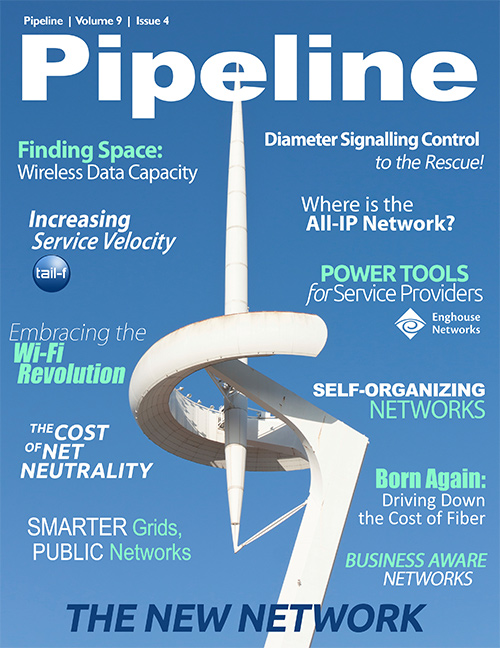The Key Role of Business Management Systems: Business Awareness
Support systems must be capable of spotting as soon as possible any network, service, application or device problems and resolving them quickly.
Secondly, it’s no longer possible to support the expensive, highly skilled, specialist and labor intensive staffing regimes that were essential in the old ‘craft-based’ approach to infrastructure
and services--especially where truck roll for installation, maintenance and repair is concerned. Systems and processes must be automated as much as possible, with decisions able to cascade and
flow-through the multiple sub-systems involved, with an absolute minimum of human intervention.Thirdly, service providers must realize that the critical role that they now play for their customer’s network-mediated lifestyles means that any network failures or outages will have significant and potentially long-lasting effects on their reputation and brand--as some companies have already found to their cost. Support systems must be capable of spotting as soon as possible any network, service, application or device problems and resolving them quickly--an especially problematic issue where a service provider might be blamed by the customer for an issue that’s outside their direct control, such as a mobile application crashing their handset or content from an OTT source suffering from jitter.
Finally, the systems in place must be able to interact with the ever-wider range of customers and partners in the modern supply chain who too require ever-closer integration of their own services and offerings with the network delivery route.
Recognizing that these issues can only increase in importance, Business Quality Management offerings bring together in near real-time information gathered from multiple different sources across the service provider such as the OSS, mediation, billing, service delivery and other systems. This can then be correlated and analyzed in appropriate ways to spot emerging anomalies, monitor key performance indicators and significant changes in user behaviors, evaluating the performance and overheads of services and applications in a true end-to-end context. Coupled with rules-driven processes, issues can be prioritized, actioned and tracked through to resolution to minimize the impact on revenue and customer satisfaction.
With this sort of insight available at the appropriate manager’s fingertips, it then becomes much more straightforward to make informed decisions about the typical challenges that service providers face such as: should a response to overloads in part of the network best be resolved by investing in capacity, changing policies or tariffs for some customers, or investigating possible fraud and illegal usage.
Alternatively, if degradations in service or application performance are being picked up through monitoring systems or customer feedback, then where exactly are the problems occurring and what might be causing them? Is it down to a specific handset type, OS version, application or location issue? The faster the root cause of these issues are identified and remedied, the lesser the adverse impact on customer satisfaction, revenue generation and service provider reputation.
While service providers continue to be under pressure from an increasing array of market forces to diversify and support ever more devices, services and applications--while still keeping tight control over their operational and capital costs – there’s a more crucial need than ever to make their businesses ‘network aware’--and vice versa.



















